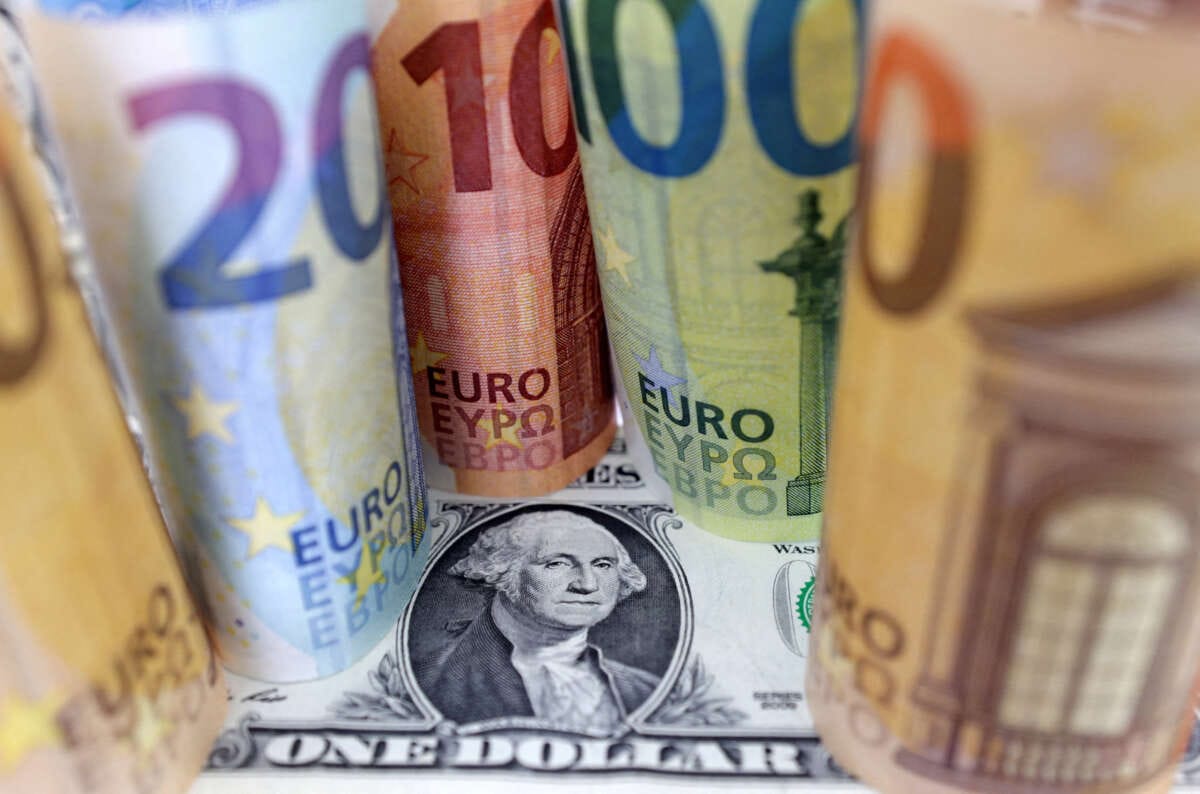
Dollar eases before inflation data, with nagging worries over debt ceiling impasse
By Rae Wee
SINGAPORE (Reuters) – The dollar weakened broadly on Wednesday after U.S. President Joe Biden and top lawmakers failed to break a deadlock on the debt ceiling crisis, though currency moves were marginal amid caution ahead of U.S. inflation data later in the day.
Biden and House of Representatives Speaker Kevin McCarthy remained divided over raising the $31.4 trillion U.S. debt limit following talks on Tuesday, with just weeks to go before the United States may be forced into an unprecedented default.
The two, however, agreed to further talks and committed their aides to daily. Biden, McCarthy and the three other top congressional leaders are set to meet again on Friday.
The greenback dipped slightly in Asia trade, while holding onto most of its gains from the previous session as nervousness over Wednesday’s U.S. inflation data kept the safe-haven currency buoyant.
The euro rose 0.06% to $1.0966 while sterling slipped 0.04% to $1.2617.
The kiwi edged 0.08% higher to $0.6340.
“There has been a lot of attention lately on the debt ceiling issues,” said Carol Kong, a currency strategist at Commonwealth Bank of Australia (CBA). “I don’t think the issue will be resolved anytime soon. Typically, in the past, the issues usually get resolved very last minute.
“So that means there could be some more volatility in markets … and I think the dollar could weaken even further, as we have seen in the past.”
Against a basket of currencies, the U.S. dollar index <=USD> steadied at 101.64.
Economists polled by Reuters expect core consumer prices in the United States to rise 5.5% on a year-on-year basis for the month of April.
A stronger-than-expected reading could prove a headache for the Federal Reserve, which had just last week opened the door to a pause in its aggressive tightening cycle, having delivered 10 consecutive rate hikes since March 2022.
“The bar is high for a Fed response to data surprises in either direction,” said Vishnu Varathan, head of economics and strategy at Mizuho Bank.
“Having concluded 500 bps of rate hikes and anticipating some credit tightening from a shake-down amongst regional banks, the Fed is unlikely to tighten further on merely ‘sticky’ inflation, instead requiring re-acceleration of inflation.”
Money markets are pricing in a roughly 80% chance that the Fed will keep rates on hold at its next meeting in June, and expect rate cuts to begin in July through to the end of the year.
Rising expectations that the Fed will begin cutting rates later this year have been driven by recent stress in the banking sector following the collapse of Silicon Valley Bank in March.
Elsewhere, the Japanese yen fell 0.1% to 135.32 per dollar.
Bank of Japan (BOJ) Governor Kazuo Ueda said on Wednesday the central bank will debate an exit strategy from ultra-loose monetary policy and communicate it to the public once stable, sustained achievement of its inflation target approaches.
“What Ueda said was not surprising at all,” said CBA’s Kong. “I think markets are already expecting the Bank of Japan to make some moves.”
The Australian dollar was last 0.03% lower at $0.6760.
(Reporting by Rae Wee; Editing by Edwina Gibbs & Simon Cameron-Moore)


